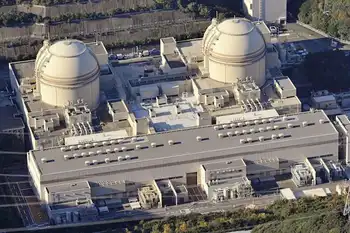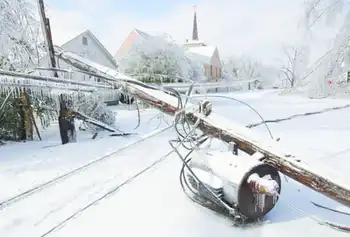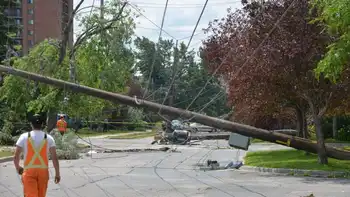China to meet 2010 pollution standards
By the end of 2010, China aims to cut the emissions of major pollutants by 10 percent compared with 2005 levels.
In a report delivered to China's parliament, minister Zhou Shengxian said annual sulfur dioxide emissions are projected to hit 22 million tons by 2010, 10 percent lower than the 2005 baseline, but with 70 percent of China's energy needs still met by coal, the challenges remain daunting.
"We cannot bring down the high level of atmospheric pollution, which has been brought about by an energy structure dominated by coal," he said in the report posted on the ministry's website.
Zhou noted that pollution continued to blight China's urban areas, with particulate matter and sulfur dioxide emissions still "at a relatively high level," and eastern coastal cities also suffering heavy amounts of ash haze and ozone pollution.
Pollution also remains a serious problem in the Yangtze and Pearl river delta regions, as well as in the Beijing-Tianjin-Tangshan area of northern China.
The regions cover only 6.3 percent of China's total land area but are responsible for 40 percent of the country's total coal consumption and produce 50 percent of the its steel, Zhou said.
He said that China would continue to eliminate obsolete steel smelters, power plants and paper mills over the course of 2009, and was currently drawing up new emission reduction targets for the 2011-2015 period.
Related News

KHNP is being considered for Bulgarian Nuclear Power Plant Project
SEOUL - Korea Hydro & Nuclear Power (KHNP) has been selected as one of the three strategic investor candidates for a Bulgarian nuclear power plant project.
The Bulgarian Energy Ministry selected KHNP of Korea, RosAtom of Russia and CNNC of China as strategic investor candidates for the construction of the Belene Nuclear Power Plant, KHNP said on Dec. 20. The Belene Nuclear Power Plant is the second nuclear power plant that Bulgaria plans to build following the 2,000-megawatt Kozloduy Nuclear Power Plant built in 1991 during the Soviet Union era. The project budget is estimated at 10 billion euros.
By being included…




